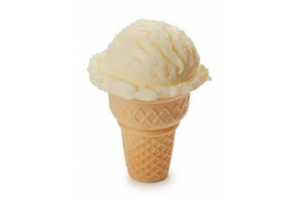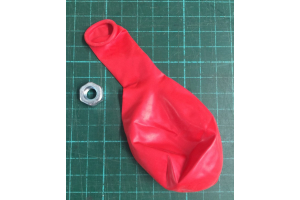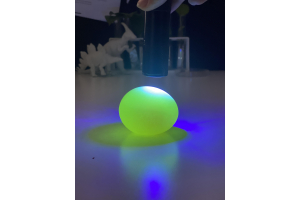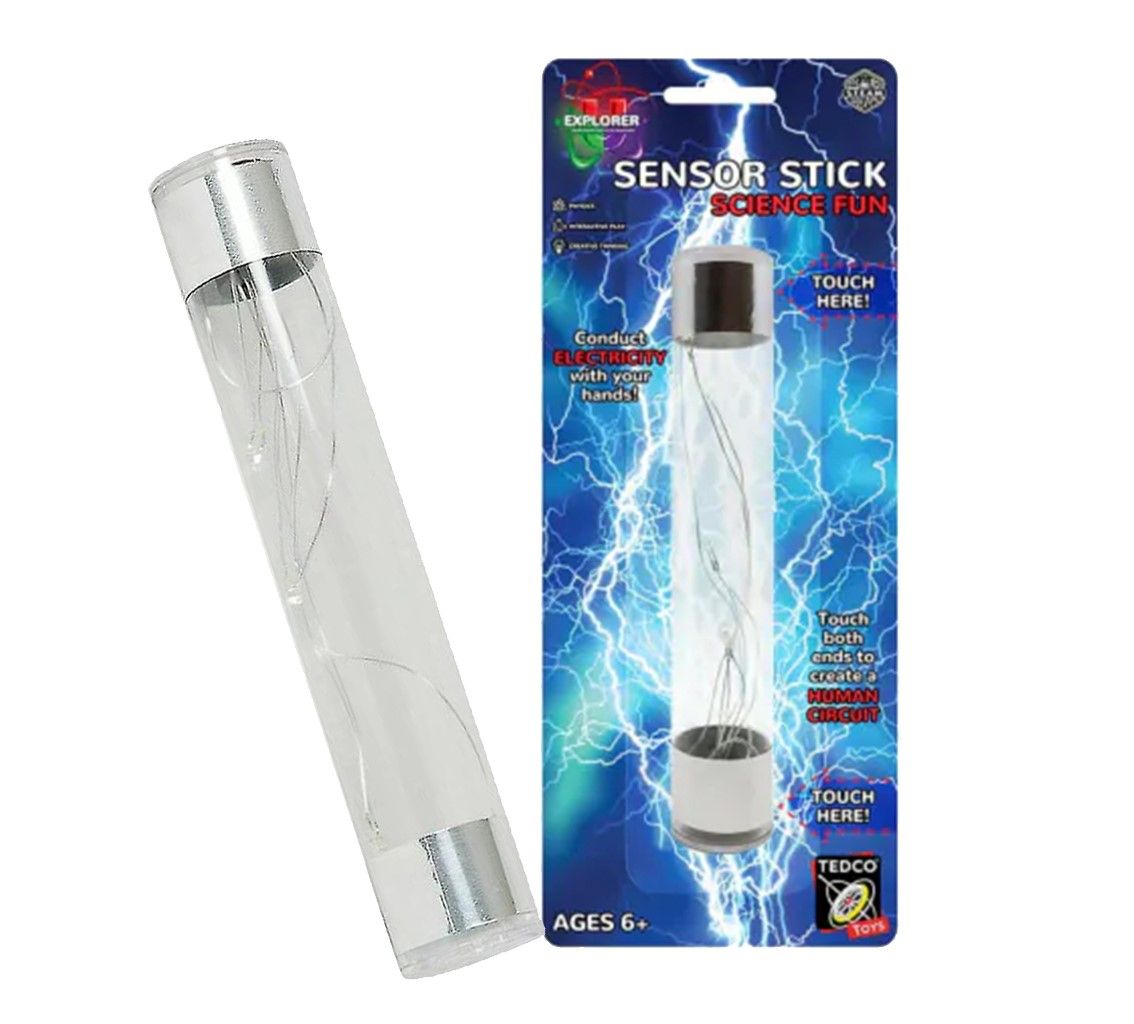Milk Plastic
Posted:
July 26, 2017
Categories:
Chemistry
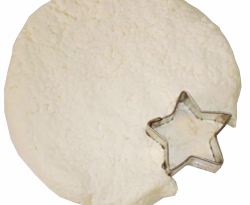
Milk Plastic
Make plastic from milk easily using vinegar. Then mould your milk plastic into fun shapes!

Suitable for kids aged 6+ with parental supervisionCAUTIONThis activity involves heating milk in a microwave or on a stove top, and requires adult supervision.
You Need:
- One cup of milk
- 4 teaspoons of white vinegar
- A microwave safe bowl
- A strainer fine sieve or cloth
- Spoon
- Microwave oven
What to do:
- With an adults help, heat the milk in a microwave for a minute or so. It needs to be hot, but not boiling. If you have a liquid thermometer, a good temperature to aim for is about 50 degrees Celsius.
- Stir the vinegar into the hot milk for a couple of minutes. The milk will curdle.
- Over a sink, pour the lumpy milk through the strainer. You want to keep the solid lumps and discard the liquid part of the milk.
- Once the lumps are cool, press them into one mass.
- Use a cookie cutter to cut a shape from the mass, or press into a mould and set aside. In a few days your shape will harden into a plastic-like consistency. You may like to paint, or decorate your new plastic shape.
Why is it so?
The substance you have made is called casein. Although its plastic-like, true plastic is made from petroleum and not milk and vinegar. That said, casein is mixed along with other ingredients to make a type of plastic thats used for buttons. Caseins are a group of proteins in milk that are also used to make cheese. Caesin protein in the milk reacts to the acid vinegar by coagulating into lumps. The separated casein lumps are easy to collect and mould.

